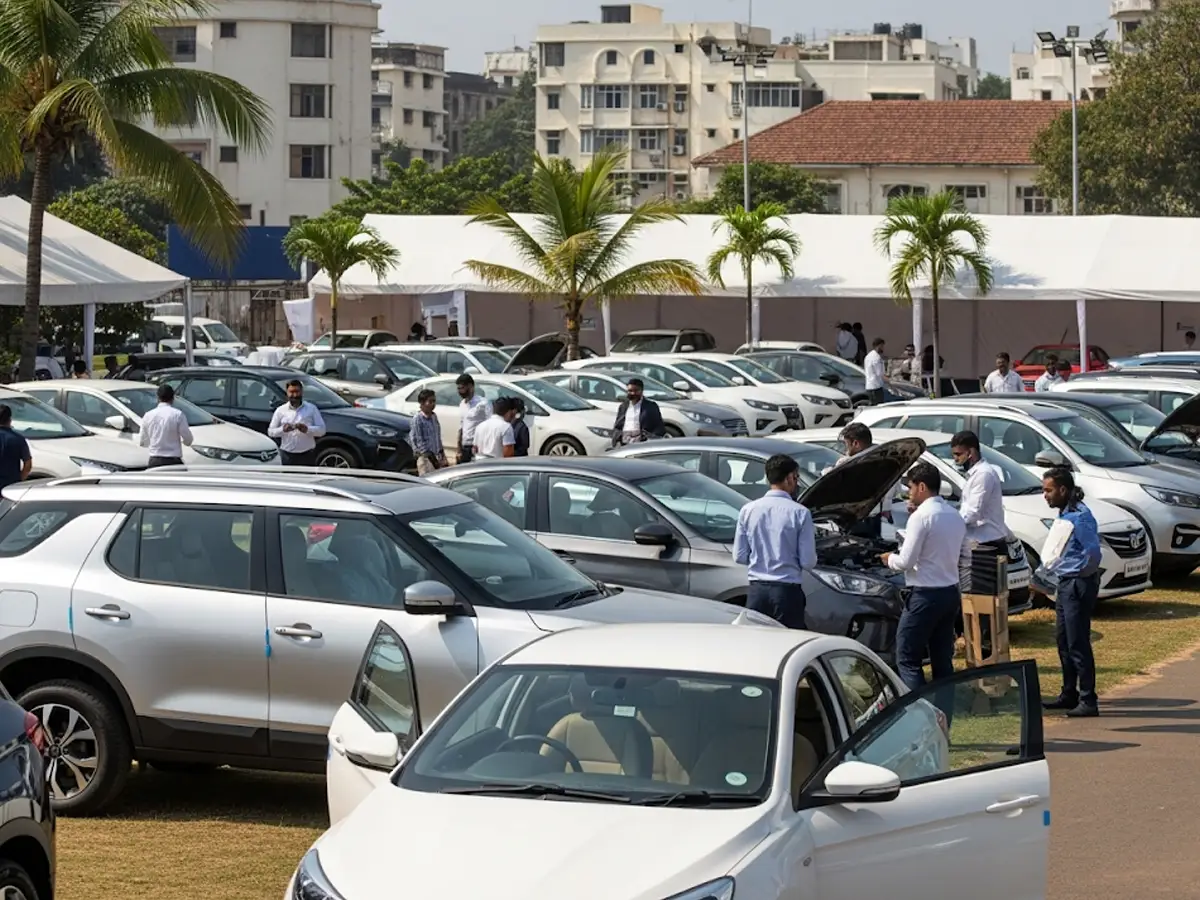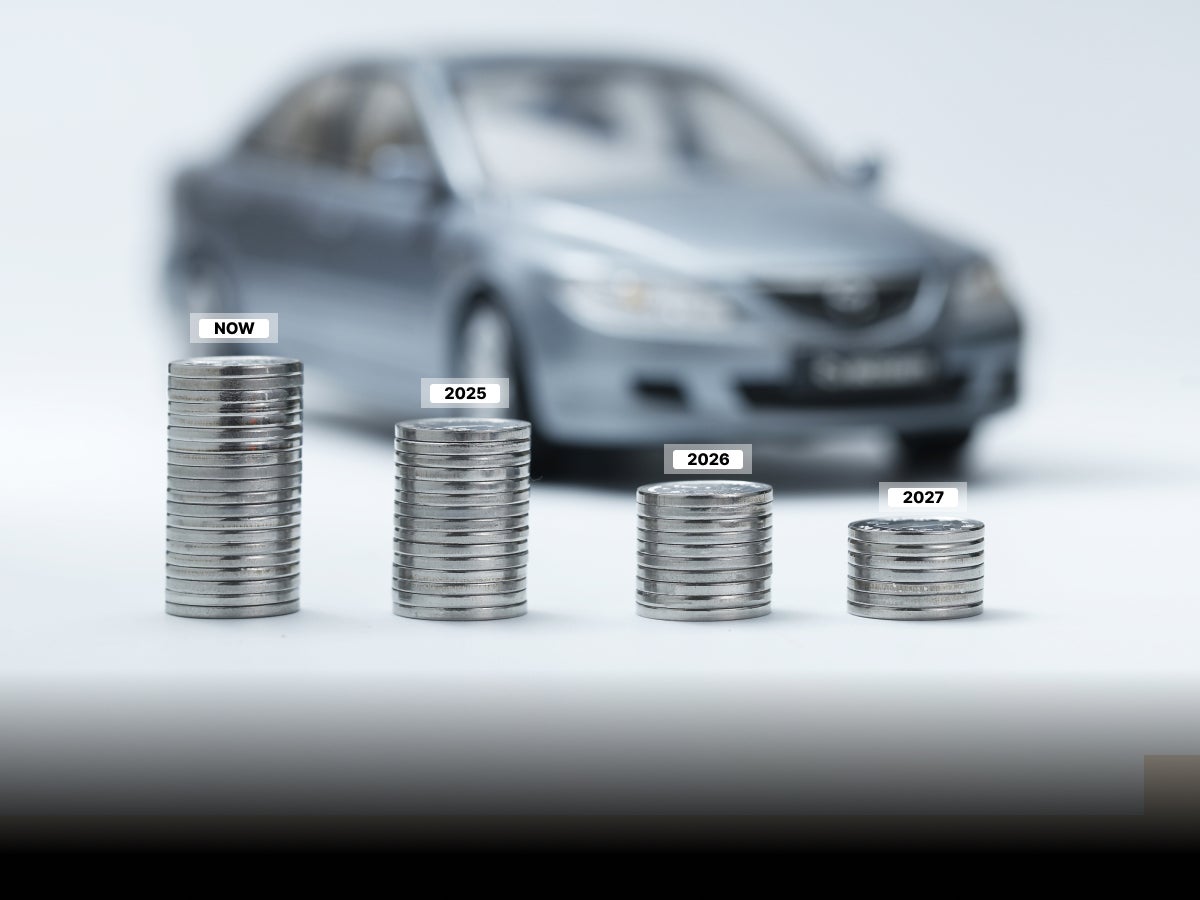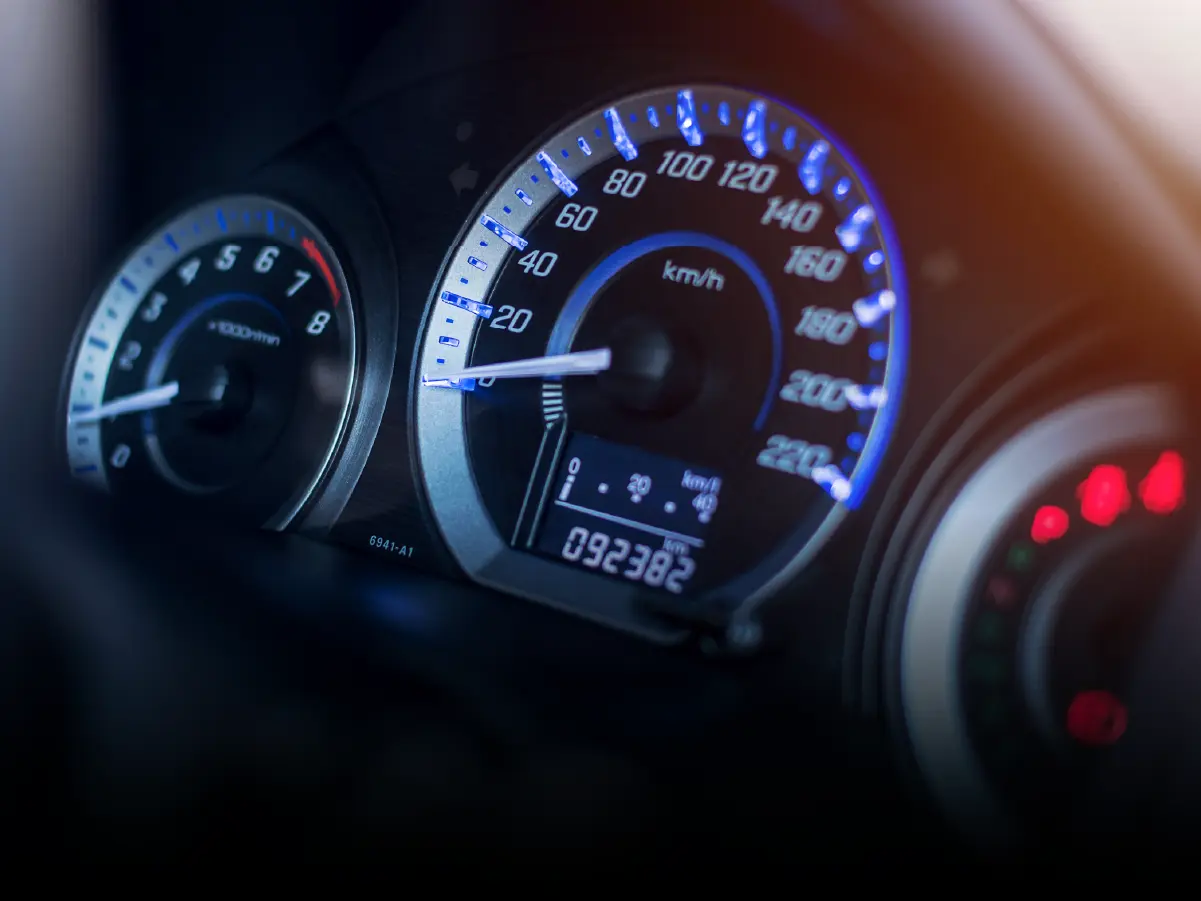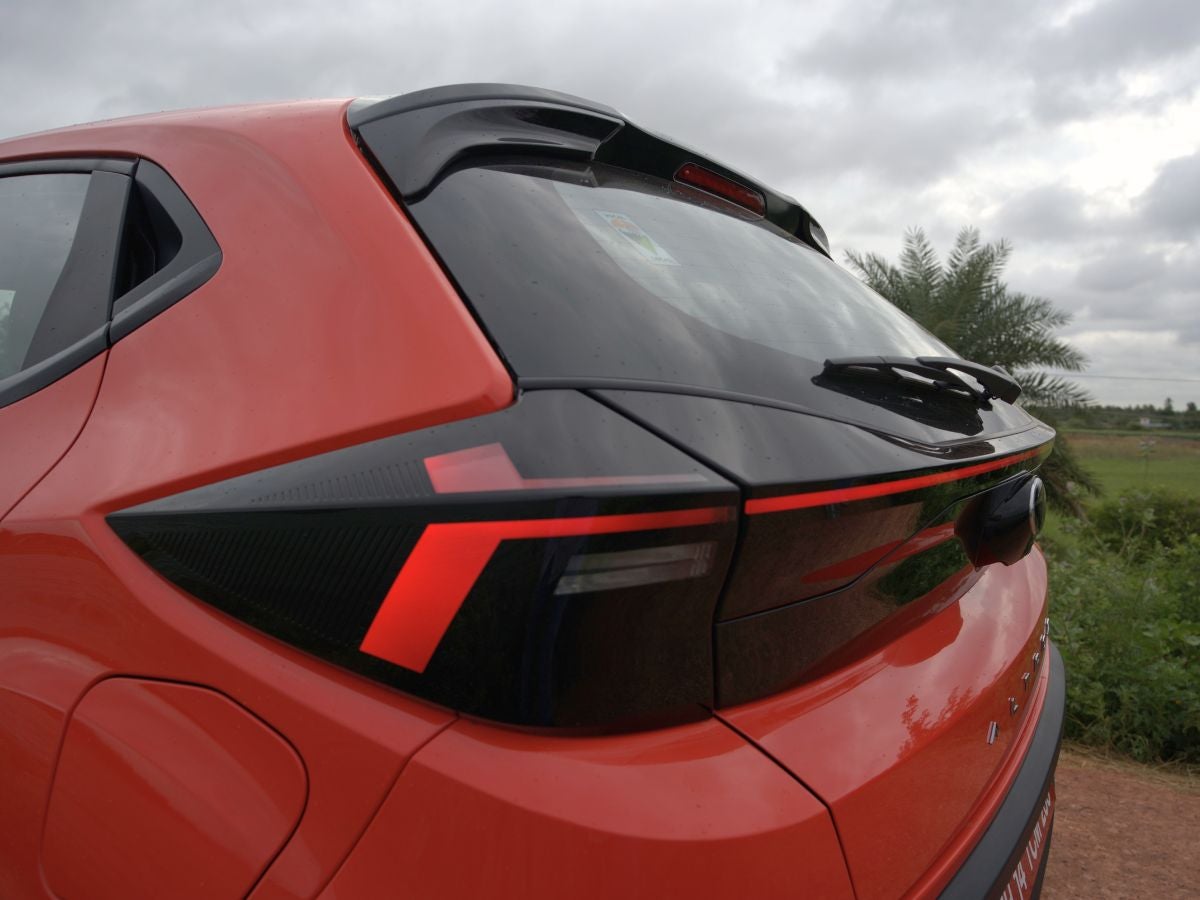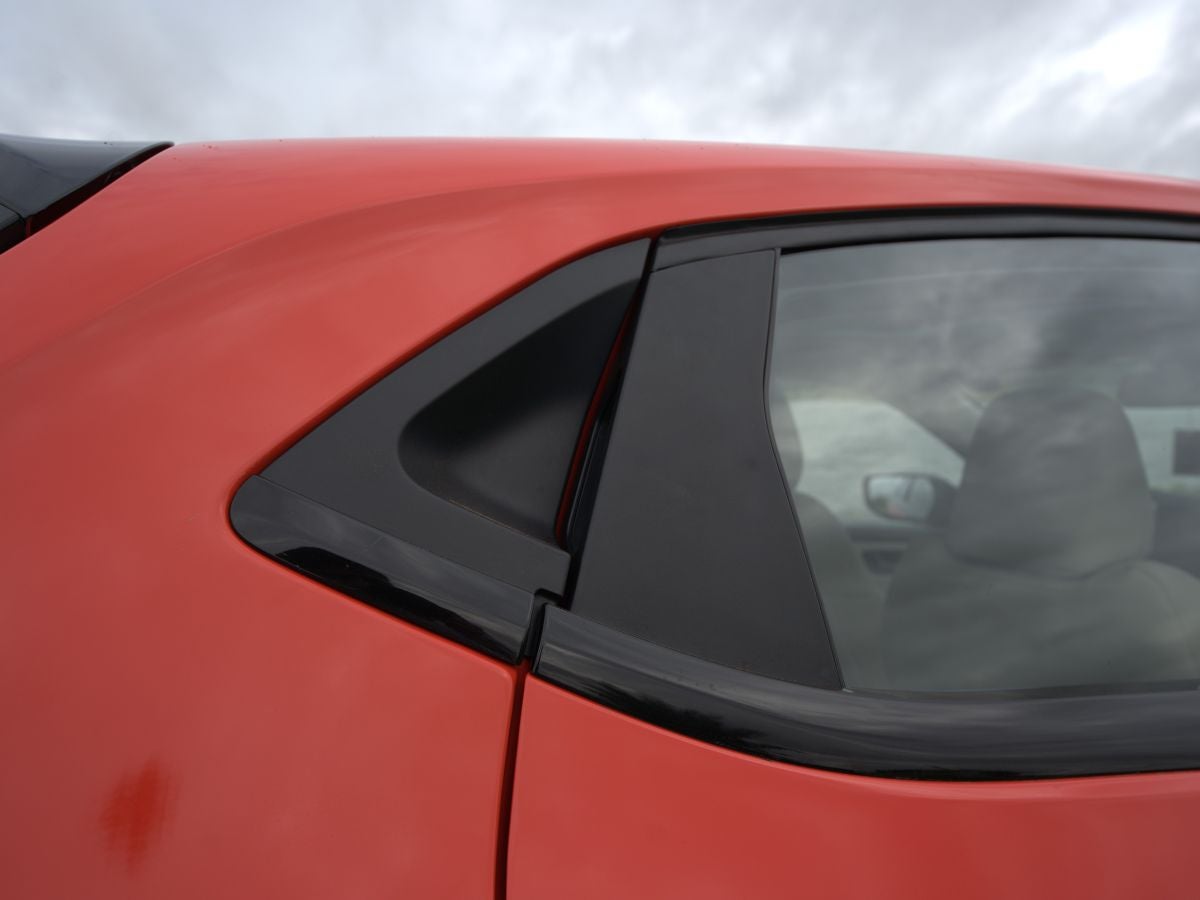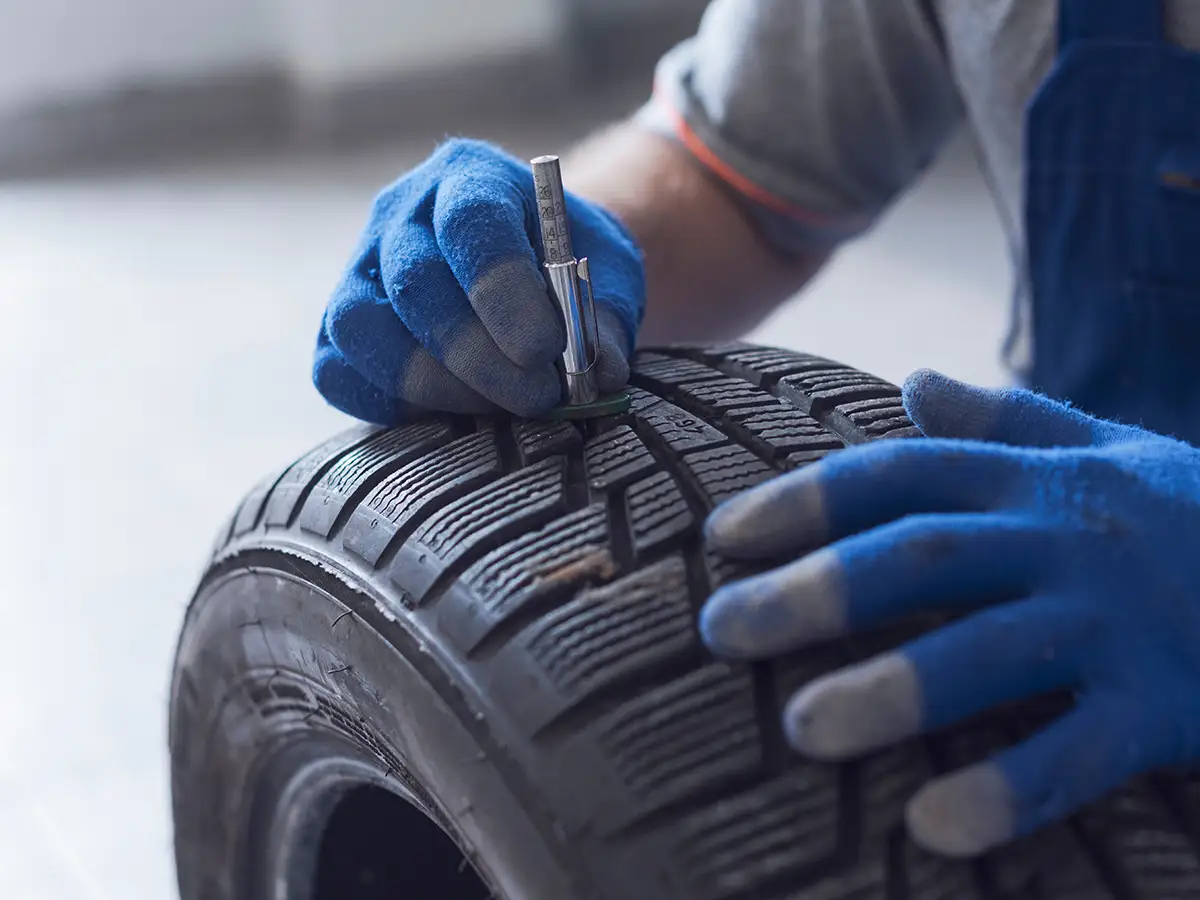

Smart Tyre Inspection Before Buying a Car: Condition, Age, and Brand Match
- 1Check tyre age and tread depth for safe, reliable driving
- 2Inspect sidewalls for cracks, bulges, or damage signs
- 3Ensure tyres match in brand, model, and tread across axles
Although purchasing a car is an exciting experience, it also requires careful consideration of many details that are simple to miss. Because many people concentrate on the paint job, upholstery, or the number of kilometres displayed on the odometer, tyres frequently fall into that category. However, the tyres bear the full weight of the car and have a direct impact, on comfort, safety, and fuel economy. Examining the tyres carefully before purchasing a car can help you avoid unforeseen costs and potentially hazardous driving conditions.
Complete Car Tyre Assessment
The first step is as easy as it sounds. Stand by the car and look at all four tyres and do not forget the spare. A quick glance can reveal cuts bulges or objects stuck in the tread. A bulge on the sidewall usually means the internal structure has been damaged and that tyre is not safe to use. A deep cut or a visible cord should raise an instant red flag. Even small stones or nails stuck between the grooves can tell you that the tyres have been neglected. Taking photos of each tyre at this stage helps you keep a record and gives you something to show the seller if you decide to negotiate.
Tyre Sidewall Code
Every tyre has a story written on its sidewall. The numbers and letters may look confusing but once you know how to read them the details become clear. The size tells you if the tyres fitted match the manufacturer’s recommendation. The load index and speed rating confirm whether the tyres can handle the car safely at normal speeds.
Among them, one of the most important marks is the DOT or TIN code, which tells you the manufacturing date. The last four digits reveal the week and year. For example, a code ending in 1422 means the tyre was made in the fourteenth week of 2022. This tiny detail tells you instantly how old the tyre is and whether it is still suitable for use.
The Age of the Tyre
Rubber does not last forever. With each passing year the compound loses flexibility and grip even if the tread looks fine. Most tyre makers recommend a close inspection after five years and a replacement around the ten-year mark. A car may have tyres that appear unused yet they could already be too old to trust.
If you see tyres older than seven or eight years, then factor the cost of replacement into your buying decision. A car with tyres less than three years old is usually safe to accept, while anything beyond that deserves more scrutiny.
Measure tread depth with care
A good tread ensures grip on wet and dry roads and helps in braking. The legal minimum in many regions is 1.6 mm, but experts often advise replacement at 2 mm for safety. You can measure with a simple tread depth gauge or even use a coin to check how deep the grooves remain. Always measure at several points because tyres wear unevenly. If you find the tread has worn down more on one side, then it might indicate alignment issues. A shallow tread will compromise grip and aquaplaning resistance, so make sure the car you are buying has tyres that still hold enough depth to keep you safe.
Recognise Wear Patterns and Damage
The way a tyre wears out tells you about the condition of the car. Wear in the centre usually suggests overinflation. Wear on the edges points to underinflation. One side of the tread being thinner than the other indicates misalignment. A scalloped or cupped pattern suggests suspension or balancing problems. Each of these patterns is more than cosmetic. They signal how the car has been driven and maintained. If you see uneven wear then expect future repair costs because tyres rarely wear that way on their own.
Sidewalls are sensitive areas of a tyre. A bulge means the inner cords have snapped and that tyre can burst without warning. Cracks may form due to ageing or exposure to sunlight. Small surface cracks can be acceptable on older tyres but deep ones should not be ignored. Damage near the bead or inner sidewall needs a professional to check thoroughly because those areas are difficult to inspect with the tyre still mounted. Rejecting a car with serious structural damage is wiser than taking a risk.
Ensure Brand and Model Match
What more common used cars are mismatched tyres. Different brands or models end up on the same axle because sellers frequently only replace one tyre at a time. This may not seem like much, but it has an impact on braking and handling. Both tyres on the same axle should ideally have the same tread depth and be identical. On vehicles with sophisticated systems like electronic stability control or ABS, this balance is even more crucial. Because of their disparate rolling circumferences, mismatched tyres can even harm the drivetrain of cars with all-wheel drive. For peace of mind, ask for a replacement tyre if you see mismatched ones, or think about replacing the pair yourself.
Why professional checks matter
Even with a detailed personal inspection some issues remain hidden. A professional mechanic can unmount a tyre and check the inside for damage. During a full Pre Delivery Inspection services like Pre Delivery Inspection cover tyre condition along with brakes suspension and other safety checks which ensures you are not taking chances with your purchase.
Conclusion
Tyres may seem like simple black rings but they hold the key to safe and comfortable driving. A car with poor tyres can turn into a costly mistake while one with well maintained tyres speaks of care and responsibility. When you next stand in front of a car you wish to buy take those extra minutes to inspect the tyres with confidence. That effort not only protects your money but also keeps every journey ahead secure and enjoyable.
Frequently Asked Questions
Expand all









